Denmark / Danmark – Let’s explore here
What’s it like in Denmark?
Denmark is a mostly flat country in northern Europe that has a long and rich history. It is the 11th biggest country in the world! I know, hard to believe isn’t it, but it is!
Denmark is essentially a country of islands, and there are almost 1,420 islands bigger than 1,076 square ft (100 square m) in size, including the Faroe Island and Greenland – the world’s biggest island (hence the 11th biggest country in the world!). We would very much like to visit Greenland – it sounds fascinating and looks absolutely beautiful.
It’s a Scandinavian country known for its high quality of life, rich history, and stunning landscapes. From its charming cities like Copenhagen, with its canals and colorful buildings, to the serene countryside and picturesque coastlines, Denmark offers a diverse range of experiences. The country is renowned for its cycling culture, eco-friendly initiatives, and progressive social policies. Danish design and architecture are internationally acclaimed, as seen in minimalist furniture and modern buildings. Denmark is also the birthplace of Hans Christian Andersen and offers a deep cultural heritage.
Its only land border is with Germany, although it’s connected to Sweden via the Øresund Bridge. The capital, Copenhagen sits on the island of Zealand, and Denmark’s highest point is Møllehøj, at 561 ft (171m).
The population of Denmark is around six million people (2024), about ⅓ of whom live in the metropolitan area of Copenhagen.

A bit about the history of Denmark
Denmark has a long and significant history, marked by its role in northern Europe and its influence on the Viking Age, the rise of a unified kingdom, and its modern status as a stable democracy.
Viking Age and Early History
Denmark’s history traces back to the early Middle Ages when it was inhabited by Germanic tribes. In the 8th and 9th centuries, Denmark became a powerful Viking kingdom, known for its seafaring and expansion. Danish Vikings raided and settled in parts of England, Ireland, France, and beyond. The kingdom of Denmark was unified in the 10th century under King Harald Bluetooth.
Medieval Period and the Danish Empire
During the medieval period, Denmark expanded to form the Danish Empire, including territories in present-day Sweden, Norway, and even Greenland. Denmark was a significant power in northern Europe, particularly during the reign of the Danish kings in the 14th and 15th centuries. In 1397, Denmark entered the Kalmar Union with Sweden and Norway, creating a unified kingdom under one monarch. However, the union eventually dissolved in the early 16th century.
Reformation and the Rise of Absolutism
Denmark became a Protestant country in the early 16th century, with King Christian III establishing Lutheranism as the state religion during the Reformation. The 17th century saw Denmark’s power decline due to wars with Sweden and the economic strain of maintaining an empire. In 1660, Denmark became an absolute monarchy under King Frederick III, consolidating royal power.
18th and 19th Centuries
Denmark’s fortunes continued to fluctuate in the 18th and 19th centuries. It faced military defeat in the Napoleonic Wars and lost control of Norway to Sweden in 1814. The country underwent significant political and social reforms, including the establishment of a constitution in 1849, which created a constitutional monarchy and introduced democratic elements to the government.
World War II and Occupation
During World War II, Denmark was occupied by Nazi Germany from 1940 to 1943. Unlike many other countries in Europe, Denmark initially managed to maintain a degree of autonomy. However, in 1943, when the Nazis attempted to deport the Jewish population, the Danish resistance and many citizens helped thousands of Jews escape to neutral Sweden, saving most of them.
Post-War and Modern Denmark
After World War II, Denmark became a founding member of the United Nations and NATO. It joined the European Economic Community (EEC) in 1973, which later became the European Union (EU). Denmark has remained a stable, democratic, and prosperous country, known for its high standard of living, progressive social policies, and strong welfare state. Today, Denmark is a constitutional monarchy with a well-developed economy, a leader in sustainability and green technologies, and an active participant in international diplomacy.
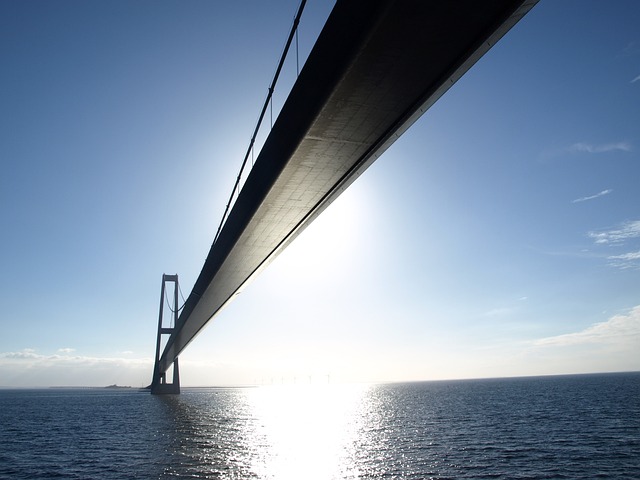
Denmark road trip
We’ve created a blog for our Danish road trip. You may find it helpful, and you may pick up some tips, or more likely mistakes not to make that we’ve made 😉 Our Danish road trip was part of a much larger European road trip.
The southern islands
On our Denmark road trip we travelled from Fehmarn in Germany to the small island of Lolland in Denmark. We took the ferry from Germany to Lolland in Denmark by mistake, an expensive mistake! We’d meant to travel up through Jutland, but got carried away by the autobahns in Germany, and before we knew it we were in a queue to get on a ferry! That’s what happens when you blindly follow a SatNav rather than a road map!
From Lolland, we caught another ferry onto Langeland, where we stayed for a few days. Both the ferries on that day were spectacular, the weather was amazing, and we saw some excellent sights! We absolutely fell in love with Langeland, as it’s one of the most relaxing places we’ve ever been to. Everyone is very relaxed and friendly. It reminded us a lot of Hyannis in Massachusetts, USA.


Funen island
From Langeland we drove through rural Denmark over a set of scenic bridges to Odense, which was really interesting and due to it being a university town, was really busy with students.
The capital
From there we moved on to the amazing capital of Denmark, Copenhagen. For anyone that’s never been to Copenhagen, put it our your bucket list – its fantastic, if a little expensive. There’s so much to see and do!
Map of our road trip through Denmark

This is a map of our road trip through Denmark.
Our route took us from Rødbyhavn, Lolland – Nakskov, Lolland – Spodsbjerg, Langeland – Odense – Copenhagen
Our favourite places in Denmark
These are some of the best places that we explored on our road trip through Denmark. We’ve put them in alphabetical order.
Copenhagen – København
Copenhagen, the capital of Denmark, is a vibrant, modern city with a rich history and a unique blend of old-world charm and cutting-edge design. Known for its canals, cycling culture, and sustainable lifestyle, Copenhagen is a city that values both innovation and tradition. Must-see sights include the iconic Little Mermaid statue, the colorful Nyhavn harbor, and Tivoli Gardens, one of the world’s oldest amusement parks.
The city is also famous for its world-class restaurants, including several Michelin-starred spots, and a thriving arts scene. Copenhagen’s friendly, laid-back atmosphere makes it a top destination for anyone seeking culture, food, and beauty.

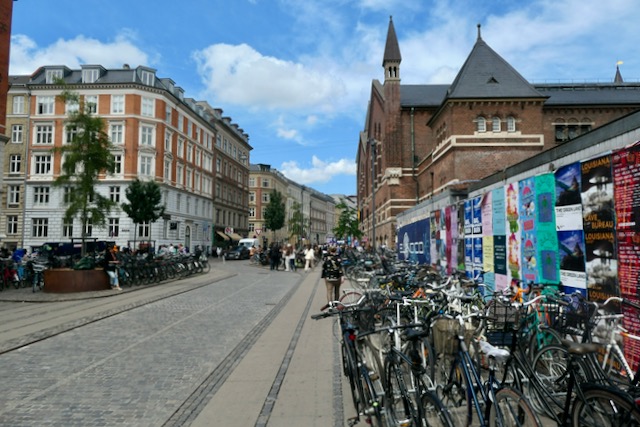









Langeland
Langeland is a picturesque island located in the southern part of Denmark, known for its tranquil landscapes, charming villages, and rich cultural heritage. There are loads of beautiful coastlines, sandy beaches, and rolling countryside, making it a haven for outdoor enthusiasts. It’s renowned for its biodiversity, with nature reserves and diverse wildlife, perfect for hiking, cycling, birdwatching or just relaxing. The island is also home to historic landmarks, such as medieval castles and old lighthouses.
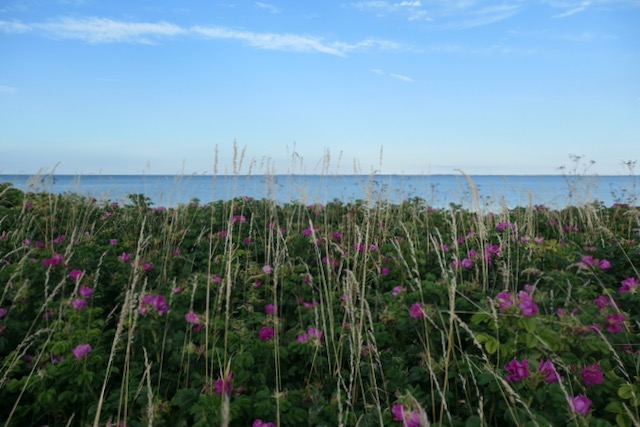

The ferry to Langeland
The ferry from Lolland to Langeland is a picturesque and convenient route between the two Danish islands. The journey takes about 40 minutes, sailing across the Smålandsfarvandet strait, and the cost of the ferry was DKK294 (£34). There are some great views of the surrounding coastline and nearby islands. The ferry provides all modern amenities, including pretty decent seating areas, a café, and a spacious deck for taking in the fresh sea air. there are frequent departures, as it serves as an essential link for both locals and tourists.




Spodsbjerg, Langeland
One of the most relaxing places we’ve been to, Spodsbjerg is a must for those wanting to chill! We stayed at the excellent Færgegårdens Camping, which is a great place for a base to explore the island and beyond.
It’s is a tranquil village located on the southern tip of Langeland, an island in Denmark. Known for its picturesque landscapes, the village offers stunning views of the surrounding sea and lush countryside. Spodsbjerg is home to a popular ferry terminal, connecting Langeland with the island of Tåsinge and the mainland, making it a key transportation hub. The village’s small harbor is a focal point for local life, with fishing boats and recreational vessels dotting the waters.


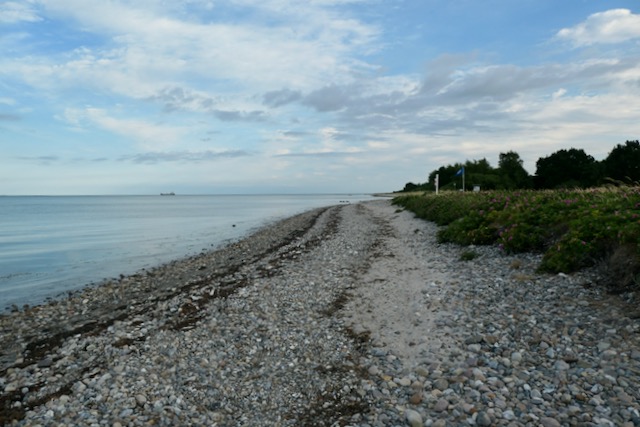
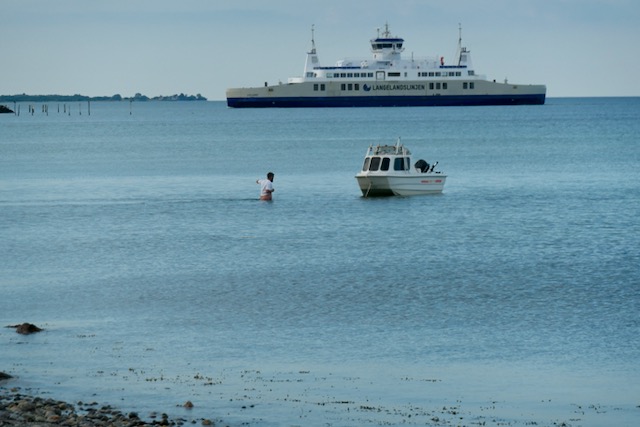
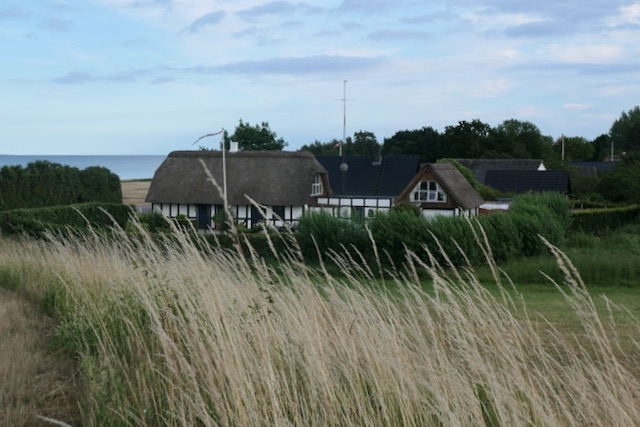
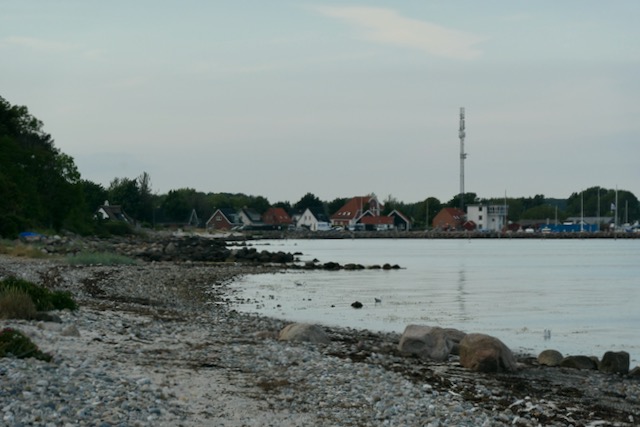

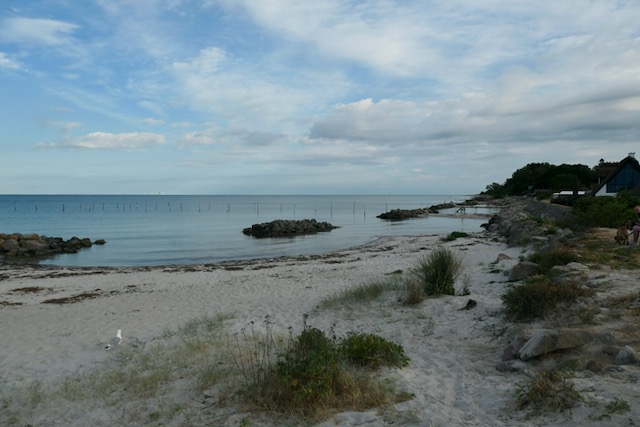
Lolland
Lolland is a tranquil island in Denmark, located in the southern part of the country. Known for its fertile farmland, it is one of Denmark’s main agricultural regions, producing crops like sugar beets, cereals, and vegetables. The island boasts charming villages, scenic coastal landscapes, and a rich history, with sites like the medieval Maribo Abbey and the Lolland Museum. Lolland is also home to the Fehmarnbelt Tunnel project, aimed at connecting Denmark with Germany.




The ferry to Lolland
Our expensive mistake cost us cost us €108.50 (£93) on the ferry from Fehmarn in Germany to Lolland, … probably better to cross the border via the mainland!
However the ferry from Fehmarn to Lolland does offer a scenic crossing between Germany and Denmark. It takes approximately 45 minutes of the journey over the Baltic Sea. Onboard, there are various amenities such as comfortable seating, cafes, and shops, and you get some great panoramic views of the surrounding waters and islands.



Odense
Odense, located on the island of Funen in Denmark, is a charming city known for its rich history and cultural heritage. As the birthplace of famous fairytale author Hans Christian Andersen, Odense celebrates its connection to him with museums, statues, and annual events dedicated to his work. The city’s picturesque streets are lined with beautiful old buildings, while the peaceful river Odense adds to its charm.

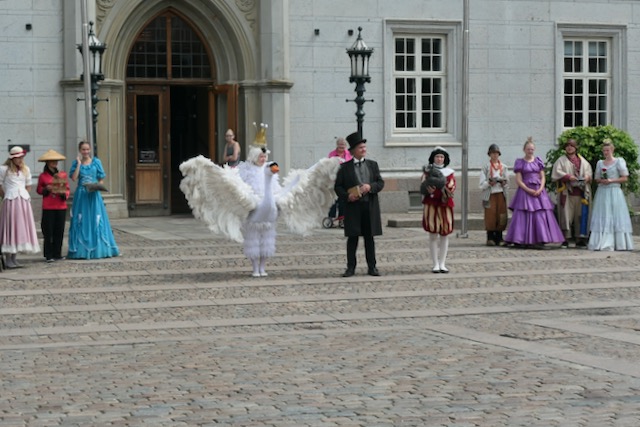



represented as phallic symbols) from a Hans Christian
Anderson story!
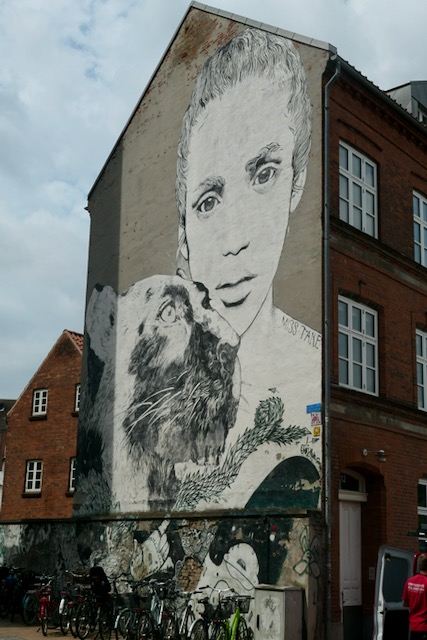

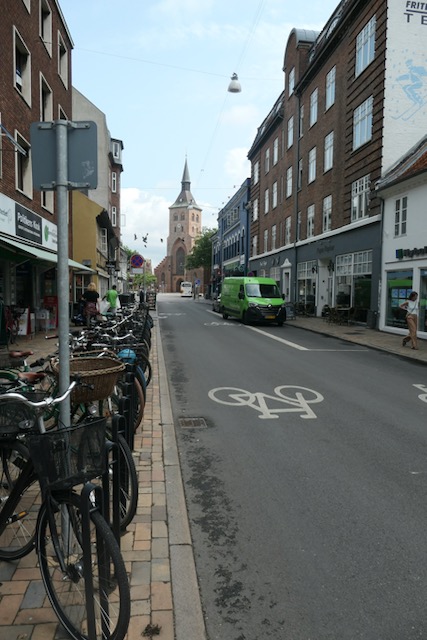
What’s it like to drive in Denmark?
They drive on the right hand side of the road in Denmark. Driving in Denmark is very ordered! Slow and steady seems to be the name of the game, and there are loads of clear road signs, making it very easy to navigate around the country! We didn’t encounter any reckless driving or even fast driving … maybe it was the laid back places we went to!
Because Denmark is essentially lots of islands, there are loads of bridges, many of which you have to pay for, and many for which you don’t.
Road tolls
The Storebælt bridge

The Storebælt bridge, also known as the Great Belt bridge, connects Zealand (the island that Copenhagen is on) and Funen (the island that Odense is on) and is pretty spectacular in its construction.
Driving across the bridge will incur a flat fee of DKK270 (£30) (as of June 2023). There are toll points where the fee can be paid for by card, cash or electronically.
The Øresund Bridge

Driving between mainland Denmark and Sweden can either be done by Ferry or via the Øresund Bridge. Tickets for the bridge can be bought online in advance, or at toll booths, the cost for us in 2023 was DKK490 (£57).
Tickets for the Ferry can be bought from Forsea ferries or StenaLine. One-way tickets are fairly similar in price (as of June 2023).
Do you require an international driving permit in Denmark?
We’ve created a dedicated page to driving abroad, which answers this question, and more, which you might find helpful.
Can you use your UK driving license when driving through Denmark?
We’ve created a dedicated page to driving abroad, which answers this question, and more, which you might find helpful.
Do I need a carnet de passages to drive in Denmark?
We’ve created a dedicated page to driving abroad, which answers this question, and more, which you might find helpful.
What are the speed limits in Denmark?
The speed limits for cars in Denmark are:
- 30 mph (50 km/h) for urban driving
- 50 mph (80 km/h) outside of built up areas
- 70 mph (110 km/h) on dual carriageway
- 80 mph (130 km/h) on motorways
What currency do they use in Denmark?

In Denmark they use the Danish Krone. The use of credit / debit cards is now widespread. Travellers cheques are accepted. There are lots of ATMs.
You should make yourself aware of the amount that your bank charges you for using credit and debit cards abroad. Often credit cards are cheaper for purchasing items directly, and for withdrawing cash from ATMs.
What language do they speak in Denmark?
They speak Danish throughout the country, although we found that English and German are also widely spoken.
What time zone is Denmark in?
Remember, when you’re planning your next trip to take a look at what time zone it’s in.
Do I need a visa to visit Denmark?
We’ve created a dedicated, more comprehensive page on visas, which you should find helpful. Check it out!
Is wild camping legal in Denmark?
No, wild camping is Illegal in Denmark.
What plug / socket type do they use in Denmark?
In Denmark they use plug / socket types E and K.


Health issues in Denmark
Is it safe to drink water in Denmark?
Yes, it is safe to drink tap water in Denmark. Bottled water is also readily available across the country.
What vaccinations are required for Denmark?
This NHS website is kept up to date with all relevant information on vaccinations in Denmark.
Phones in Denmark
What is the country calling code for Denmark?
The country calling code for Denmark is +45
What are the emergency phone numbers in Denmark?
- The emergency number for police in Denmark is: 112
- In Denmark, the emergency number for ambulance is: 112
- The emergency number for fire in Denmark is: 112
If you’ve got some useful info that you’d like to share, let us know!
Don’t forget to check out all the other pictures!
